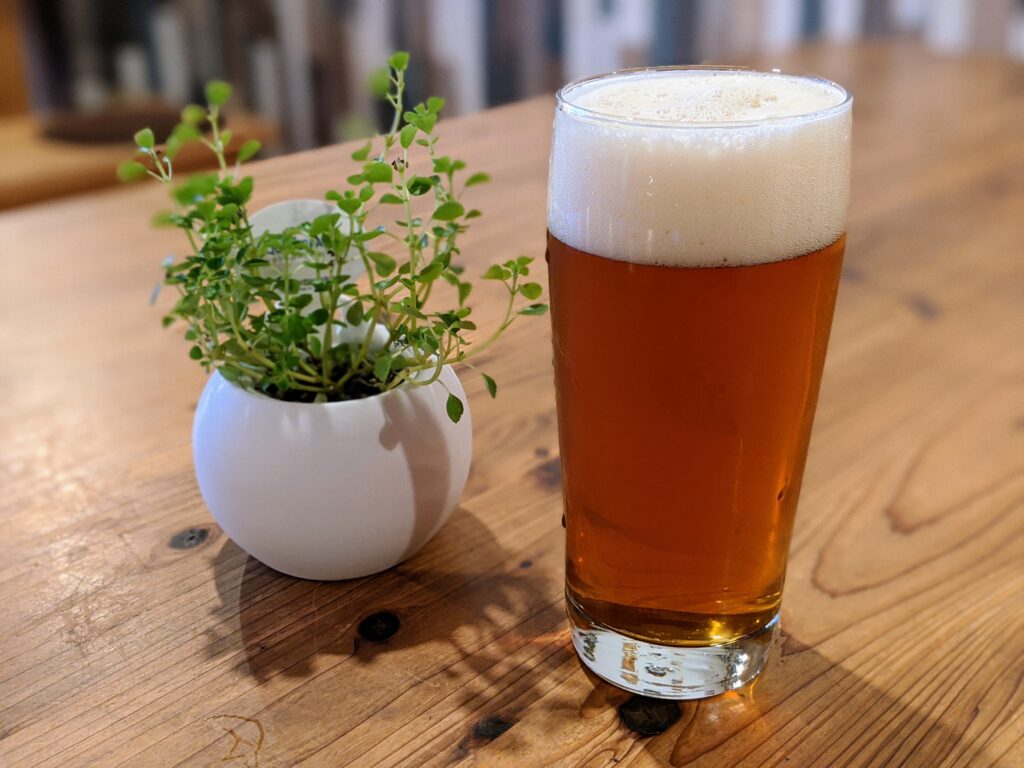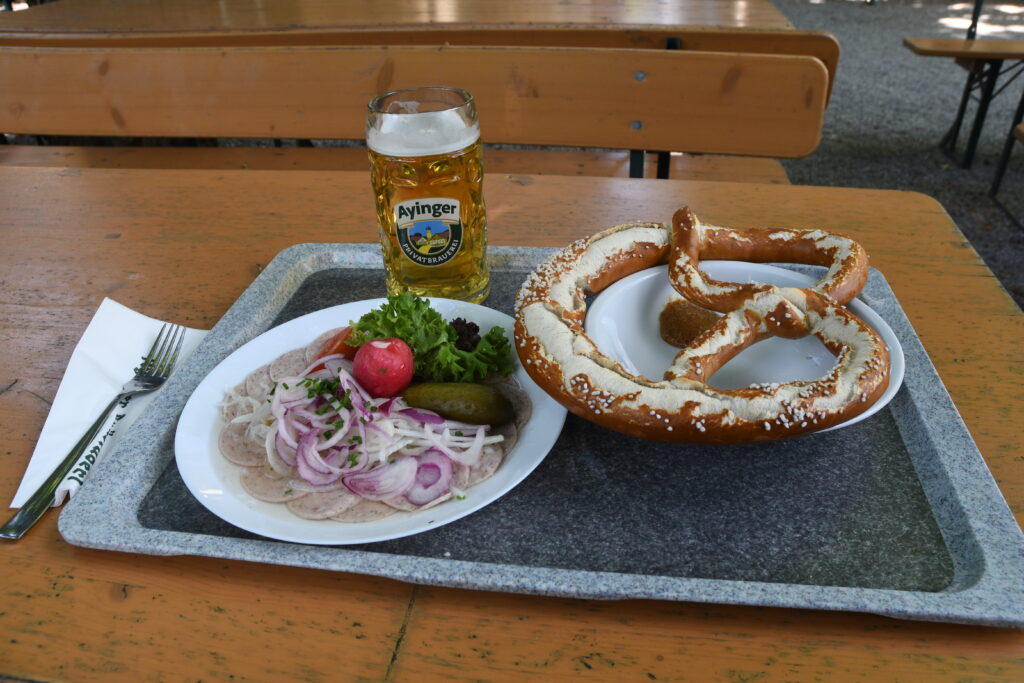Since gaining steam in the United States in the 1980s, the craft beer movement has been all about ales. From pale ales to IPAs, barley wines to imperial stouts, this movement was built on top-fermented ales as a reaction to the “fizzy, pale yellow lagers” that dominated American industrial brewing at the time. Ever since, aside from a handful of exceptions, craft beer has remained the antithesis of industrial, international lagers.
But traditional lagers of rich character continue to be brewed–and loved–throughout Central Europe. And in the Japanese craft beer world, characterful pilsners have always occupied tap and shelf space next to IPAs and stouts. In North America now as well, the craft lager is on the rise, with multiple excellent examples winning fans away from ales.
As the world of craft beer possibly undergoes a paradigm shift, it’s a good time to review the traditional pale lagers of Germany, in order to understand their subtle differences and appreciate their rich tradition and supreme drinkability.
Historically, Helles from Munich, Pils from all over the country, and Export, made for shipping abroad but originally centered on the city of Dortmund, were all regional variations of the Bohemian Pilsner or světlý ležák, first brewed in Plzen in 1842 (and introduced in JBT#15). The subtle differences in these three styles came about as a result of regional differences in water as well as local taste preferences. All are pale gold in color, using primarily pilsner malt, sometimes with a touch of Munich or Vienna malt added for flavor and body. All employ bottom fermenting yeast, cold fermentation, and a cold lagering time of 1 to 2 months. They share a clean, crisp, unobtrusive yeast character with low to no fruity esters or spicy phenols.
Helles or Hell is the lager of Bavaria, being most popular around Munich in the far south. It is a showcase for malt, with hop use restrained throughout. Though rich, malty, and bready, a Helles should be well attenuated, so it will only be moderately sweet. Herbal or floral hops should be noticeable in the aroma and flavor, yet the finish should not be very bitter. Helles is a soft, delicate style of roughly 5%ABV, dominated by malt but clean enough to be drunk by the liter, as it is in the beer gardens of Munich.
There are several German Helles available in Japan, though as with the other styles here, the imported bottles are often in atrocious condition (usually with cardboard-like flavors from oxidation). It is best to try draught versions that have been constantly refrigerated. Especially good, though slightly hard to find, are Plank Helles and Ayinger Lager Hell. Best loved in their home town of Munich are those from Augustiner-Brau, which are sometimes seen in Japan at outrageous prices, but are a must if you are ever in Munich. Domestic examples are rare, but two good year-round versions are Ageuma Helles and Baird Shuzenji Heritage Helles. Otaru Helles is released every April and is also excellent. Recently, Y. Market brewed What the Hell? on their new German system and it, too, was impressive as hell.
Everywhere in Germany, Pils, also around 5%ABV, is hoppier than Helles: in fragrance, flavor, and bitterness, hops lead the way. It is also lighter in body and drier, for a crisp, bitter, refreshing and quenching beer. The malt character in Pils ranges from rich and bready in the south to crisp and light in the north, where the style tends to resemble something more like hop tea. Northern Pils available in Japan include Jever and Bitburger, but again, the bottles cannot always be trusted. Of domestic versions, Fujizakura Kogen Pils is more of the southern type, with rich malt going together with fragrant, bitter hops. For a dry, crisp northern-style pils, try Kinshachi Blue Label, with its stark bitterness. Daisen G Pilsner leans towards the southern style, with a nice malt background. It uses Motueka hops from New Zealand, however, for a change of pace.

Export lagers typically fall somewhere in between Helles and Pils in terms of malt-hop balance. They are, at 5.5-6%ABV, typically stronger than a Helles or Pils, as the extra alcohol helped keep bacteria at bay during the exporting process. They have more hop aroma, flavor, and bitterness than a Helles while being less dry and bitter than a Pils. The most typical example is the Dortmunder Export, which used sulfur-rich water that brought out its hops. These beers are supposed to be perfectly balanced, with neither malt nor hops dominating. While the original Dortmunder versions have all gone the way of industrial mediocrity, many breweries throughout Germany still make an Export. The most famous Export beer in Japan is probably Yebisu, which is basically made in this style, though simplified a bit for mass consumption. Baeren Classic is a more authentic choice, with rich malts and 6% alcohol, plus hops that balance but do not overwhelm. A new one to look for is Be Easy Helles Export, brewed to a powerful 6.6% but finishing very dry for its rich maltiness. Finally, though not from Germany, Godspeed Otsukaresama (4.8%) from Toronto is often available here on tap, and this is a beer that puts the present Export beers from Dortmund to shame. Be sure to try it if and when you can!
Once seen as a relic of a benighted past, lager is now viewed by many people as the craft beer of the future. Whether they are correct or not remains to be seen, of course. Excellent German or Czech-style pale lagers are extremely difficult beers to brew well, yet when they are, they are a delight–one of the greatest experiences in beer. Of course, there are many different lager styles in Germany, some of which (Oktoberfest/Marzen, Kellerbier, Bock) we have dealt with in this column previously. It goes without saying that they are best drunk fresh, if possible, right inside the brewery where they are made. You will notice this if you simply compare bottled imports with the Japanese craft examples we have listed. Examples of Italian and American lagers should also be tried, for comparison’s sake. It’s guaranteed that once you start to drink these beers seriously, you will be searching for a plane ticket to Bavaria. Hope to see you there.

All Beer Styles articles are written by Mark Meli, author of Craft Beer in Japan.
This article was published in Japan Beer Times # () and is among the limited content available online. Order your copy through our online shop or download the digital version from the iTunes store to access the full contents of this issue.




